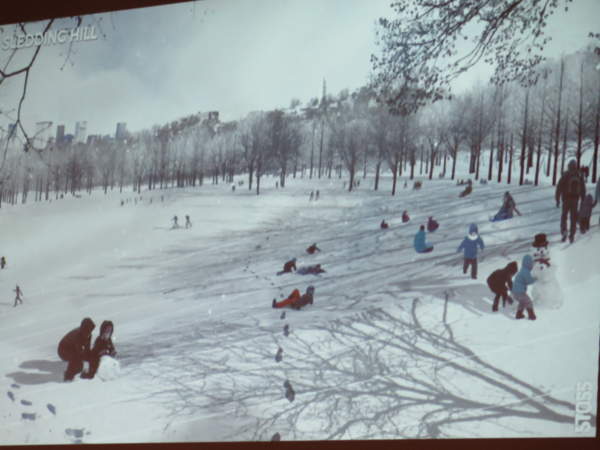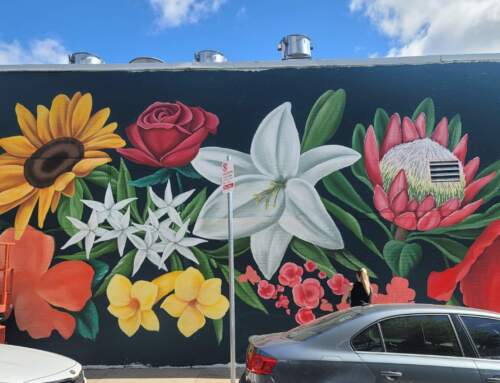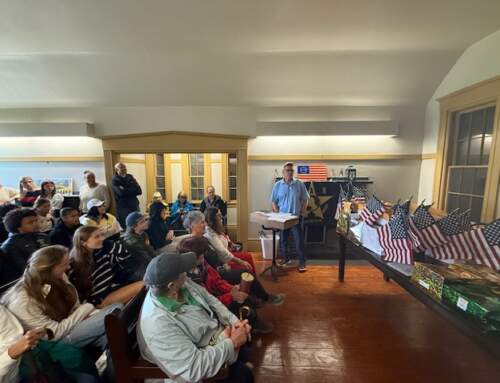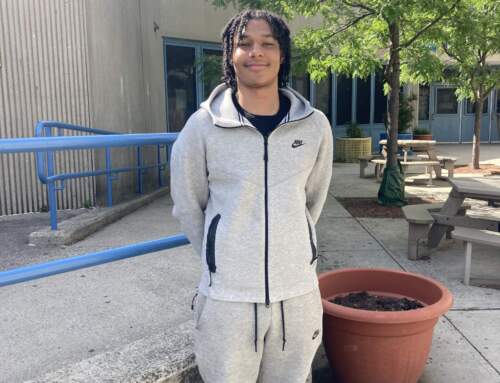A VISION FOR
“Retaining and enhancing Moakley as a key, active, recreational amenity for South Boston and the entire City through elevated sports fields, and destination sports courts and play areas with improved stormwater management.”
The words above represent no small goal. From April, 2018, until September, 2018, there were a multitude of media efforts, as well as seven community engagements concerning the (massive) project to upgrade Moakley Park. These “engagements” included open houses, a bike tour, and advisory group meetings. Not only is one major goal the upgrading of Moakley Park – the “Vision” – but also a second goal is protection for residential areas. South Boston Online will quote: “For protecting the residential communities inland of Moakley from future flood events and climate change impact.”
If this sounds serious, it is certainly meant to be serious. Consider that sea levels could rise by upwards of 36 inches (three feet) in approximately 50 years – by 2070, in other words. If that is the case, then there is a measurable chance that severe storms will flood parts of the South End and Roxbury with sea water coming in from Fort Point and from Moakley Park. Similar smaller events are taking place now. No one has to be told about water on Morrissey Boulevard; at the start of 2018, a northeaster caused flooding in the Seaport and Fort Point. Slow drainage in Moakley allows enough ponding to attract aquatic birds, such as flocks of Canadian geese.
These issues and an ambitious plan to upgrade Moakley were the topics of a major meeting held Thursday evening, March 21, in the Local 7 Ironworkers Hall on Old Colony. It was led by Christopher Cook, Boston’s Commissioner of Parks & Recreation. Stress Landscape, the team actually designing the “new, 21st Century” Moakley Park handled a detailed presentation that gave preliminary answers to three issues – flood prevention, access to the upgraded Park, and most important, the future “Vision” for the Park itself.
The flood control question is simply stated – raise the playing fields that are subject to poor drainage and/or water damage, and in addition, provides dikes, berms, and levees as necessary. Access is another key issue. Day Boulevard will be converted into some type of no-vehicle promenade. The ever-perplexing Kosciusko Circle will need a complete re-design, and it looks like that will have to be a special project of its own. The athletic areas will all be raised and/or replaced. An important addition to the athletic offerings at Moakley Field as it exists now will be play and entertainment areas, including sledding in the winter and what Stress Landscaping has called an “Adventure Playground”. Many issues remain – the Moakley Park project is conceptual right now, meaning that detailed design, followed by testing, will be required. And of course there is the need for major funding. It is far too early to make even a rough estimate of the investment, but te Moakley Park ”Vision” will certainly cost hundreds of millions of dollars (possibly more than a billion). This will be a crucial improvement to the South Boston neighborhood.

A slope in Moakley for sledding in winter (a year-round Park!).






